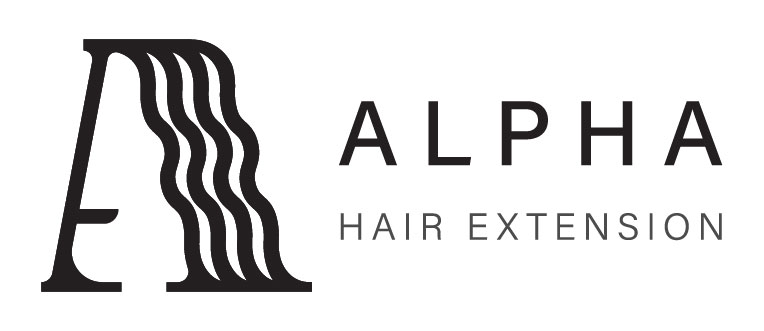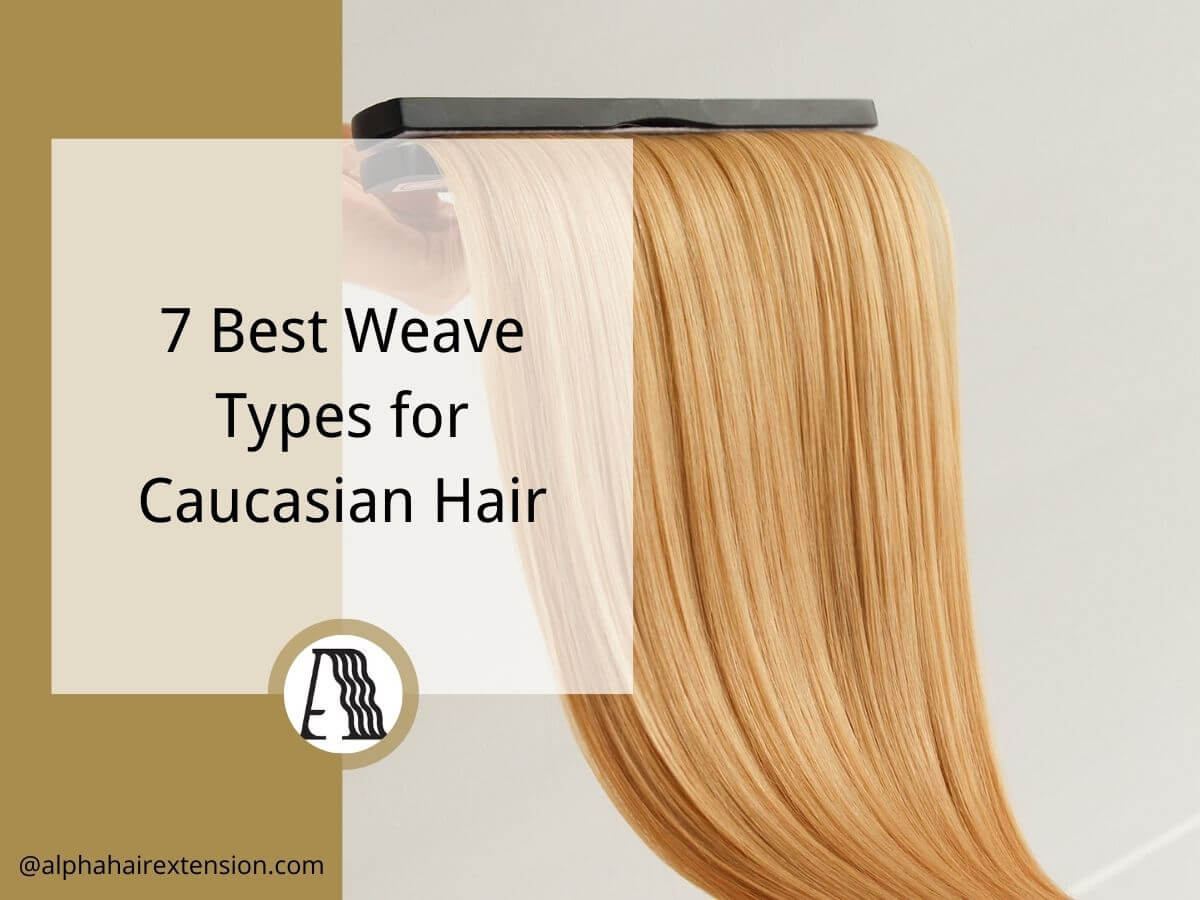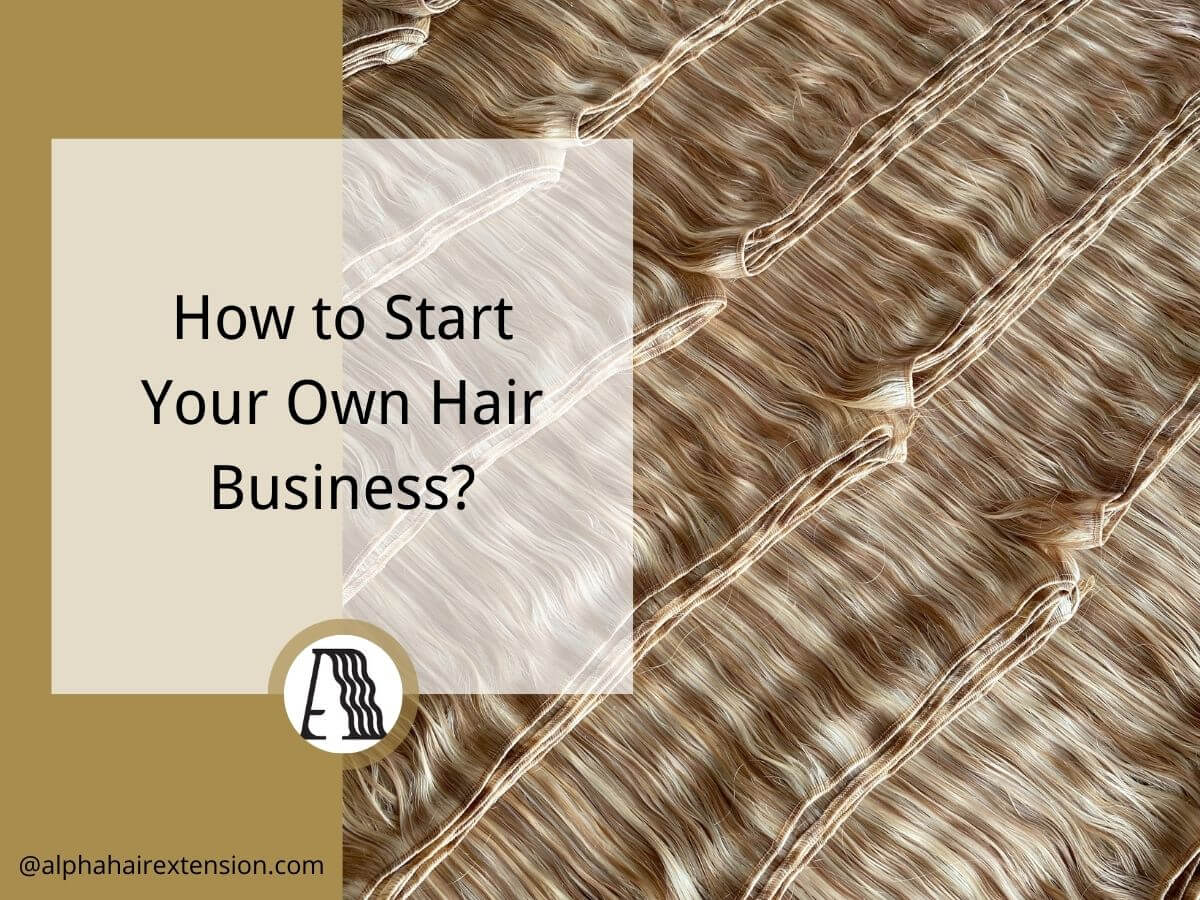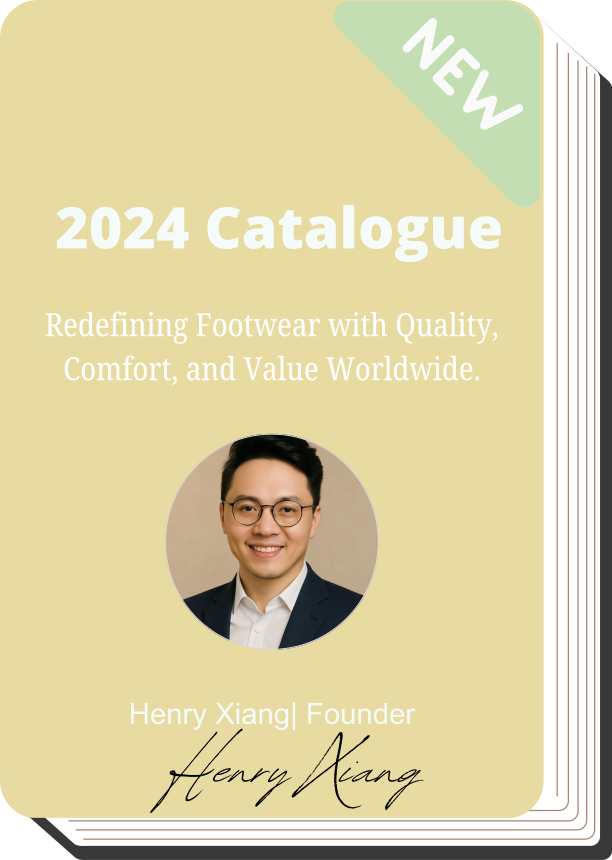I once recommended the wrong type of hair extension to a salon owner. It cost her time, money, and trust with her client.
At the time, I was still learning. I’d been working in the hair industry—mostly behind the scenes, helping businesses source products. But I didn’t fully understand the difference between flat tip and I tip extensions. To me, they seemed similar.
That mistake hit hard. So I did the work. I studied both types. I talked to stylists, tested samples, and sat in on real installs.
Over the years, I’ve helped many brands choose the right extensions based on what really works—not just what looks good in a catalog.
If you’re here, you probably want that same clarity. You want to know which option—flat tip or I tip—is better for your business and your customers.
So let’s get started!
1. What is Flat Tip?
Flat tip extensions are made with keratin bonds that have been flattened at the tip. This makes them lie smoothly against the scalp, reducing bulkiness. Unlike tape-ins, they don’t use adhesive. Instead, they are installed with tiny beads or keratin bonding.
A stylist I once worked with put it this way: “I love using flat tips because they give my clients the flexibility of I-tips but sit flatter like tape-ins. It just makes styling easier.”
That’s exactly why many professionals choose them. They offer a natural look without sacrificing movement.
Key Features
Here’s what makes flat tips stand out:
- Blends Well – The flattened shape lays close to the scalp, making them less noticeable.
- Flexible Movement – Unlike tape-ins, flat tips move more freely, making them comfortable for everyday wear.
- Durable Hold – The keratin bond ensures they stay in place for weeks when installed correctly.
- No Adhesive Required – They don’t use glue or tape, reducing product buildup and mess.
- Works with Beads or Heat – You can install them using microbeads (for a reusable option) or keratin bonding (for a longer-lasting hold).
Pros and Cons
Before deciding if flat tip extensions are the right choice, it’s important to look at both the advantages and challenges.
Pros
- Natural Appearance – The flat shape makes them less bulky and blends well with natural hair.
- Comfortable Wear – Sits close to the scalp, so they don’t feel heavy or uncomfortable.
- Flexible Styling – Allows for free movement, unlike tape-ins, which can feel stiff.
- No Tape or Glue – Reduces the risk of product buildup or residue on the scalp.
- Durable Hold – Can last up to 8-12 weeks with proper care.
- Multiple Installation Methods – Can be applied with microbeads for reusability or keratin bonding for a secure hold.
Cons
- Installation Takes Time – Applying flat tips can take 2-3 hours, depending on the stylist’s experience.
- Not Ideal for DIY – Professional installation is recommended for best results.
- Requires Regular Maintenance – Beads or bonds need adjustments every 6-8 weeks to prevent slipping.
- May Not Suit All Hair Types – Not ideal for very fine or weak hair, as the beads or bonds may cause stress.
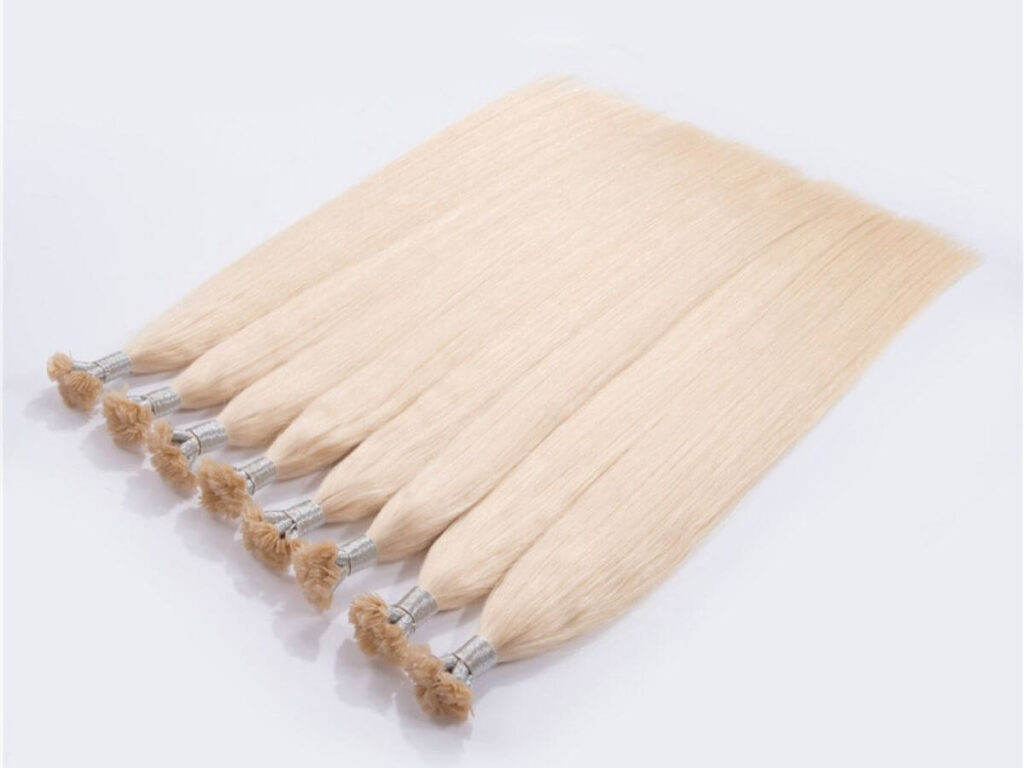
2. What are I Tip Extensions?
I-tip extensions are small hair strands with a round keratin tip. Instead of glue or tape, they are installed using microbeads or rings that hold them in place. This method allows for natural movement and flexibility while keeping the extensions lightweight.
Many professionals prefer I-tips because they stay secure without adhesive. Clients love them because they feel and move like real hair.
Key Features of I-Tip Extensions
- No Glue or Heat – Installed with microbeads, reducing damage to natural hair.
- Lightweight – The small tips make them comfortable to wear.
- Full Movement – Unlike tape-ins, they move freely and don’t feel stiff.
- Durable – With proper care, they last up to 10-12 weeks.
- Reusable – Can be removed and reinstalled with fresh beads.
A distributor once asked, “Why do some salons prefer I-tips?” The answer is simple: they work for many clients. They offer long-lasting results, don’t require glue, and provide natural styling flexibility.
Pros and Cons
Pros
- No Heat or Glue – Reduces risk of damage to natural hair.
- Natural Feel – Moves freely, making styling easy.
- Long-Lasting – Can stay in place for months with proper maintenance.
- Reusable – Unlike keratin bonds, I-tips can be moved up and reused.
Cons
- Time-Consuming Installation – Takes 2-3 hours to apply.
- Needs Maintenance – Beads must be adjusted every 4-6 weeks.
- Not for Very Fine Hair – Some clients may struggle to hold the beads securely.
I-tip extensions are a good choice for businesses looking for a flexible, reusable, and natural-feeling extension option.
Still wondering if flat tips or I-tips are best? Next, we’ll compare them side by side so you can decide which fits your needs.
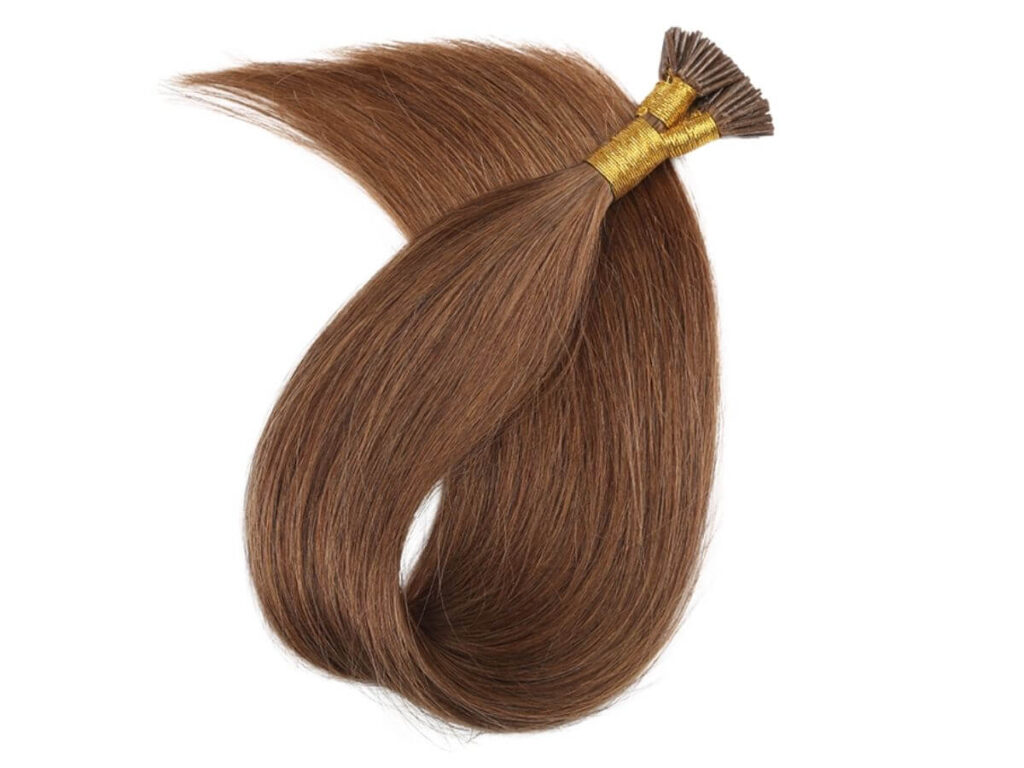
3. Key Differences Between Flat Tip and I-Tip Extensions
A stylist I worked with once struggled to decide between flat tip and I-tip extensions. Her clients wanted something comfortable, long-lasting, and easy to style. Some loved the flat tips for their seamless look. Others preferred I-tips because they moved more freely.
She asked me, “Which one should I stock more of?” The truth? It depends on the client’s needs.
To make things simple, here’s a side-by-side comparison of the key differences between flat tip and I-tip extensions.
| Feature | Flat Tip Extensions | I-Tip Extensions |
| Application Method & Installation | Installed using keratin bonding or microbeads | Installed using microbeads only (no heat or glue) |
| Comfort & Feel on Scalp | Lies flat against the scalp, reducing bulk | Small, round tips may feel slightly more noticeable |
| Durability & Lifespan | Lasts 8-12 weeks with proper care | Lasts 10-12 weeks with proper maintenance |
| Hair Type Compatibility | Works well for most hair types, including fine hair | Best for medium to thick hair since beads need a strong hold |
| Styling & Versatility | Moves naturally but slightly less flexible than I-tips | Moves freely in all directions, making styling easier |
| Maintenance & Care Requirements | Needs regular touch-ups but bonds last longer | Beads may need to be tightened every 4-6 weeks to prevent slipping |
| Cost Comparison | Can be slightly more expensive due to keratin bonding | More affordable upfront, but may need more frequent adjustments |
4. Tips for Choosing the Right Product for Your Business
Picking the right hair extensions for your business isn’t just about following trends. It’s about understanding your customers, their needs, and what will keep them coming back. The wrong choice can lead to unsellable inventory, returns, and unhappy clients. The right choice? It helps build trust and boosts your sales.
Here’s how to make sure you stock the best extensions for your market.
#1 Cuticle-Aligned Human Hair
Always go for cuticle-aligned human hair—it stays smooth, tangle-free, and lasts longer. Processed hair with stripped cuticles turns dry and frizzy fast, leading to complaints and returns. Salons and stylists need extensions that hold their quality over time. If you want repeat customers, work with suppliers who guarantee 100% cuticle-intact hair.
#2 Strong Bonds That Last
Flat tips need high-quality keratin bonds, while I-tips rely on secure microbeads that won’t slip. Weak bonds mean shedding, fallout, and frustrated customers. Stylists and salons expect durability—extensions that fail after a few washes can cost you business. Partner with a supplier that prioritizes strong, reliable bonding to keep your reputation solid.
#3 Medium to Thicker Hair
Flat tip and I-tip extensions work best for medium to thick hair. Flat tips sit close to the scalp for a seamless look, while I-tips need enough density to hold the beads in place. Selling the wrong extensions for the wrong hair type can lead to complaints and returns. Avoid the risk—educate your buyers and stock extensions suited for the right hair texture.
#4 Cost and Profitability
Budget plays a huge role in decision-making. Flat tip extensions often cost more upfront due to the keratin bonding process. I-tips are generally more affordable, but they require frequent maintenance and adjustments.
If your business caters to salons, stylists might invest in premium options for long-term wear. If you’re selling to individual buyers, affordable and easy-to-use options might be a better fit.
Conclusion
You know what separates struggling businesses from successful ones? The ability to offer what customers truly need.
Flat tips or I-tips—it’s not about picking one over the other. It’s about understanding your market, stocking quality hair, and selling with confidence. Strong bonds, tangle-free hair, and the right match for your audience will set you apart from the competition.
So, what’s your next move? Contact us now and let’s grow your brand together.
Explore Related Resources
Want to see more? We’ve gathered additional product choices to give you even more variety:
Still haven’t found what you’re looking for? Don’t hesitate to contact us. We’re available around the clock to assist you.
